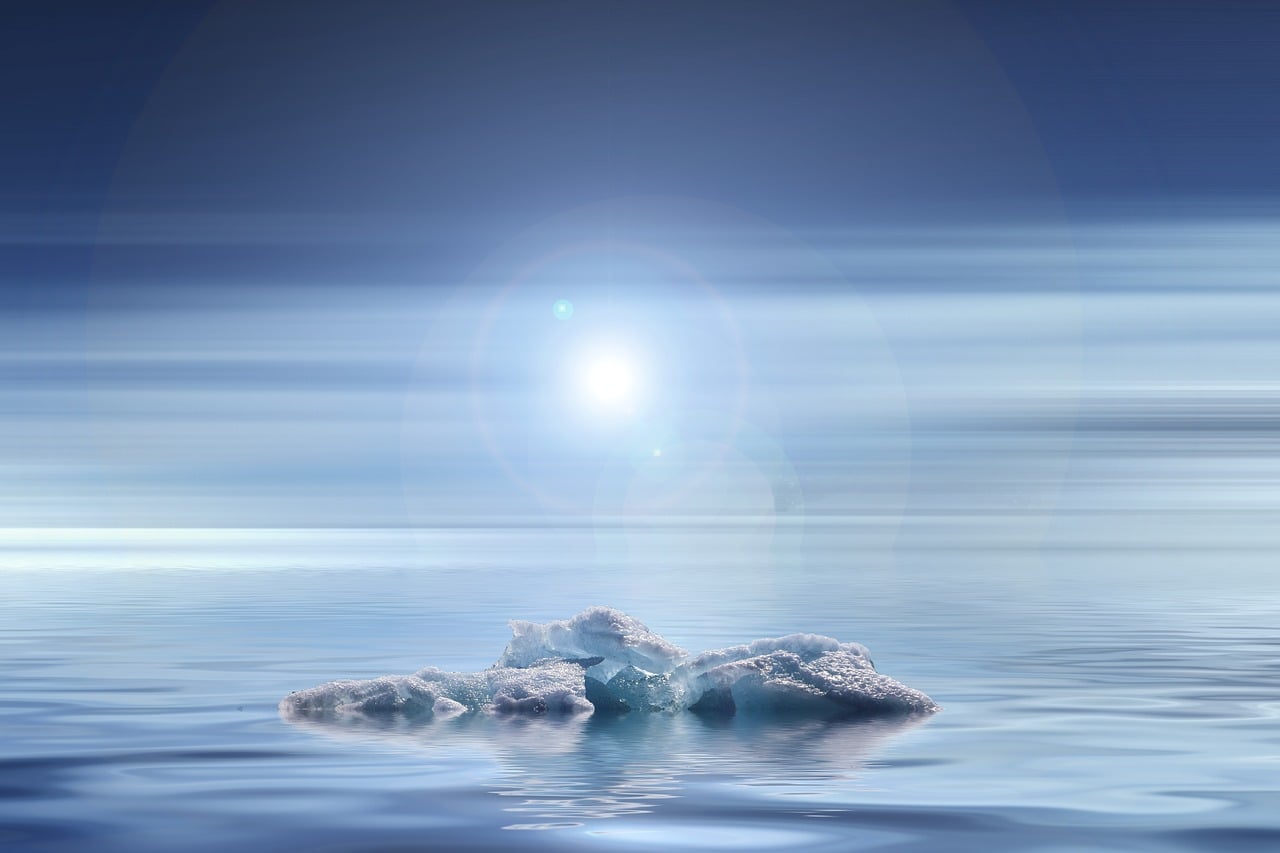Human-driven climate change not only contributes to melting in the glaciers on Earth’s poles and higher sea levels. It also impacts acid levels in the sea, compromising many species in their respective ecosystems. Now a first-of-its-kind research study has revealed which marine species are strong enough to survive the effects of climate change and which may be doomed to become extinct. The research suggests a Noah Ark’s strategy would fail. Noah’s Ark refers to a story from the Bible in which a man named Noah took two of each species into an ark to survive 40 days and nights of rain and floods.
The researchers from the University of Vermont who led the study suggested that saving a pair or even a small number of each species like in the ancient story doesn’t offer very high odds for survival in climate change-driven oceans.
According to Melissa Pespeni, a biologist at the University of Vermont, “We’ll need large populations.”
The new research published in the journal Proceedings of the Royal Society B focused on the survival rate of hundreds of thousands of sea urchin larvae and how they responded to moderately or extremely acidic conditions in Earth’s oceans.
The researchers were baffled by their findings, which suggested that small differences in the DNA of sea urchins were highly useful for their survival. To learn how these variations in marine species work, the team required a large population for testing.
“The bigger the population, the more rare variation you’ll have,” said lead author Reid Brennan, a post-doctoral researcher at Pespeni’s UVM lab, in a statement. “If we reduce population sizes, then we’re going to have less fodder for evolution—and less chance to have the rare genetic variation that might be beneficial.”
While some organisms can survive the rapid changes occurring on Earth due to the effects of climate change, some organisms can only survive by evolving.
Researchers analyzed purple sea urchins originating from the natural populations mostly found in locations between Baja, California and Alaska. They were mostly found in the kelp forest and rocky reefs. According to the researchers, their stretched locations, large numbers, and different conditions allowed the sea urchins to have a high “standing genetic variation.”
Researchers used a new method called “single-generation selection” experiment which began with 25 adult urchins caught in the wild. Each female that was caught produced 200,000 eggs, from which the researchers extracted DNA from pools of 20,000 surviving larvae in different water conditions. Using the information found in the DNA, researchers concluded that purple sea urchins have a genetic heritage which allows them to adjust to the conditions of highly acidic ocean, unlike many other marine species.
“This species of sea urchin is going to be okay in the short term. They can respond to these low pH conditions and have the needed genetic variation to evolve,” Brennan said. “So long as we do our part to protect their habitats and keep their populations large.”





